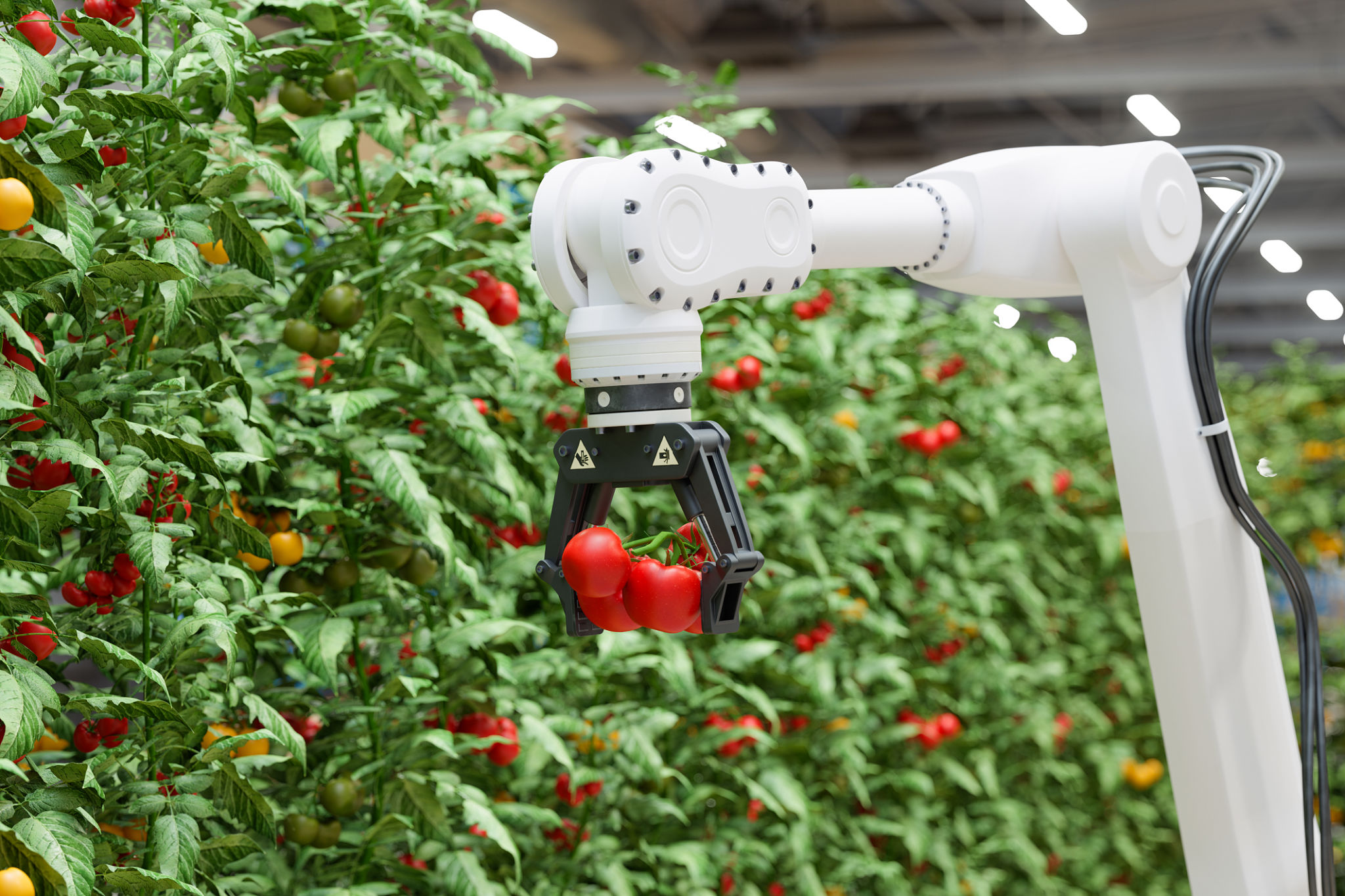Innovative Trends in Robotics Automation in Malaysia
Introduction to Robotics Automation in Malaysia
In recent years, Malaysia has emerged as a key player in the field of robotics automation. With its strategic location and robust manufacturing sector, the country is poised to become a hub for innovation in this rapidly growing industry. The adoption of robotics in Malaysia is driven by the need for increased efficiency, cost reduction, and the desire to remain competitive on a global scale.
The government's commitment to support technological advancements has further accelerated the adoption of robotics. Various initiatives and policies have been implemented to encourage research, development, and deployment of robotics technologies across different sectors, making Malaysia a fertile ground for innovation.

Key Sectors Embracing Robotics
Several sectors in Malaysia are leading the charge in adopting robotics automation. Manufacturing is at the forefront, with many companies leveraging robots for tasks such as assembly, packaging, and quality control. This not only boosts productivity but also ensures high precision and consistency in operations.
Another sector witnessing significant transformation is agriculture. Robotics solutions are being deployed to enhance farming practices, from autonomous tractors to drones used for crop monitoring and management. This technological integration aims to increase yield while minimizing labor costs.

Healthcare Innovations
The healthcare industry in Malaysia is also experiencing a shift towards robotics. Surgical robots are becoming more prevalent, offering minimally invasive procedures that reduce patient recovery time. Additionally, robotic assistants are being used in hospitals to manage logistics and inventory, allowing healthcare professionals to focus more on patient care.
The Role of Artificial Intelligence
The integration of artificial intelligence (AI) with robotics is a game-changer, propelling the industry into new realms of possibility. AI-driven robots can learn and adapt to various tasks, improving their efficiency over time. This capability is particularly beneficial in sectors requiring precision and customization.
In Malaysia, AI-powered robotics solutions are being increasingly used in customer service, where chatbots and robotic kiosks provide seamless interactions with customers. This not only enhances user experience but also allows businesses to operate round-the-clock without human intervention.

Challenges and Opportunities
Despite the promising outlook, the adoption of robotics automation in Malaysia faces several challenges. These include high initial investment costs, the need for skilled personnel, and concerns over job displacement. However, these challenges also present opportunities for growth and development within the industry.
The focus on education and training programs is crucial to address the skills gap. By investing in human capital, Malaysia can ensure a workforce that is well-equipped to handle the demands of a technologically advanced economy.
Future Prospects
The future of robotics automation in Malaysia looks bright, with continuous advancements driving innovation across various sectors. As technology evolves, so too will the opportunities for businesses to enhance their operations and improve competitiveness.
By fostering a collaborative environment between government bodies, educational institutions, and industry players, Malaysia can solidify its position as a leader in robotics automation. The journey ahead promises exciting developments that will shape the country's economic landscape for years to come.

